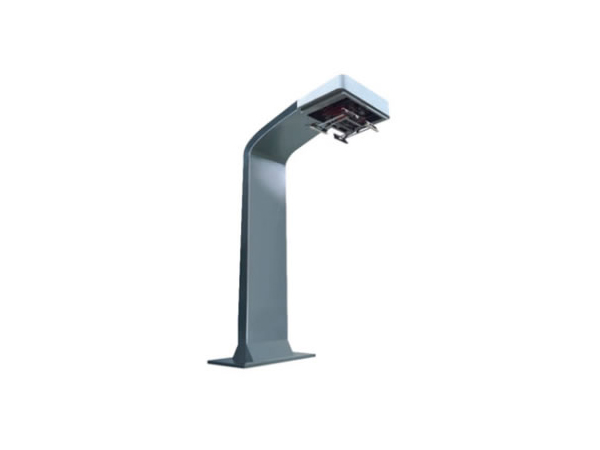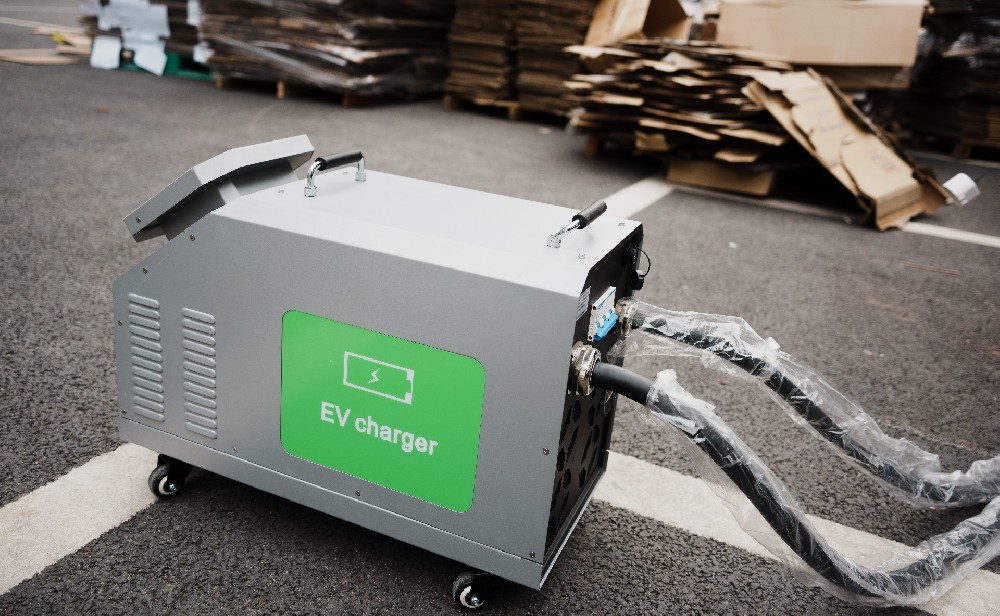-
13822183778@139.com
-
13822183778
The Secret of Charging Guns: Types, Standards, and Future Development Trends
With the popularity of electric vehicles, charging guns have become an essential element that cannot be ignored. This seemingly simple device actually hides the secrets of technology and future development trends. This article will delve into the types, standards, and future development trends of charging guns.
Firstly, let's understand the main types of charging guns. According to different power supply methods, charging guns are mainly divided into AC charging guns and DC charging guns. AC charging guns are mainly used in slow charging scenarios such as homes and public places, while DC charging guns are mainly used in fast charging stations to meet the demand for electric vehicles to replenish power in a short period of time.

In communication charging guns, according to different interface standards, they can be divided into three types: Type1, Type2, and GB/T, corresponding to American standards, European standards, and national standards, respectively. The Type1 interface uses a 3-core interface and is typically used for slow charging in the United States and Canada; The Type2 interface adopts a 2-core or 3-core interface, which is a commonly used slow charging standard in Europe; The GB/T interface is a slow charging standard independently developed by China.
DC charging guns are more complex, with each region having its own standards. For example, Japan uses the CHAdemo interface, while the United States and Europe use different DC charging ports. It is worth mentioning that the American standard Type 1 corresponds to CCS1 and adds support for a high current charging port below the original AC charging port. This means that the charging power of electric vehicles may be significantly increased in the future.
With the continuous development of technology, the standards for charging guns are also constantly evolving. For example, the Type2 interface has evolved from the initial IEC 62196 to the more efficient IEC 63196. And our country is also actively promoting the internationalization of charging gun standards to adapt to the global development of electric vehicles.
In the future, with the further expansion of the electric vehicle market and continuous technological progress, the development trend of charging guns will become more apparent. On the one hand, the power of the charging gun will be further increased to meet the demand for electric vehicles to replenish power in a short period of time; On the other hand, the interface standards for charging guns will be more unified to facilitate global travel of electric vehicles. In addition, the intelligence and safety of the charging gun will be further improved, providing a better user experience for electric vehicle users.
In short, as an important component of electric vehicles, the types, standards, and future development trends of charging guns all reflect the development dynamics of the electric vehicle industry. For us, understanding the knowledge of charging guns can not only help us better use electric vehicles, but also give us a clearer understanding of the future development of the electric vehicle industry.
 How long does it take to charge ···
How long does it take to charge ···
 DC Fast Charging CCS type 2 plug
DC Fast Charging CCS type 2 plug
 The high-voltage and high-curren···
The high-voltage and high-curren···


